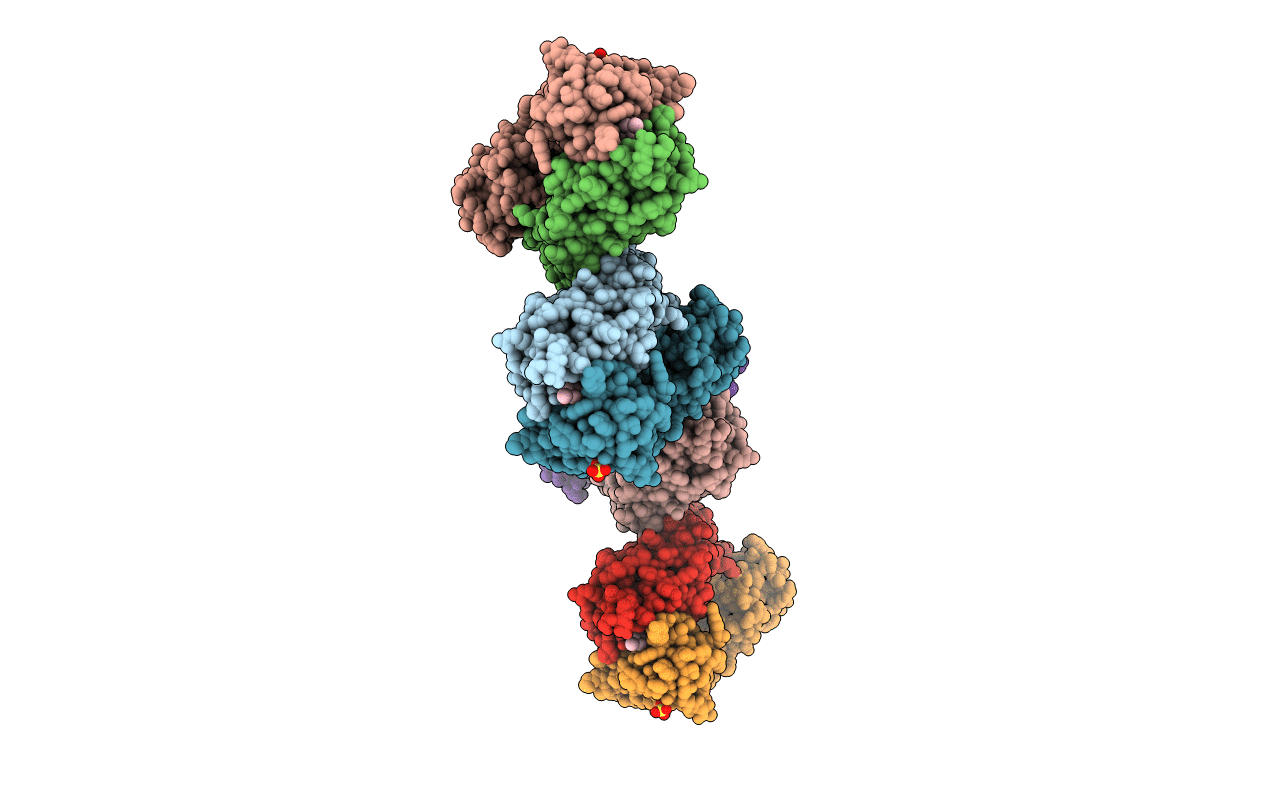
Deposition Date
2002-12-05
Release Date
2003-05-13
Last Version Date
2024-11-20
Entry Detail
PDB ID:
1ND0
Keywords:
Title:
CATIONIC CYCLIZATION ANTIBODY 4C6 COMPLEX WITH TRANSITION STATE ANALOG
Biological Source:
Source Organism:
Mus musculus (Taxon ID: 10090)
Method Details:
Experimental Method:
Resolution:
2.45 Å
R-Value Free:
0.28
R-Value Work:
0.24
Space Group:
P 1


